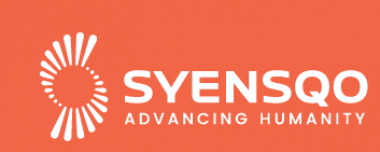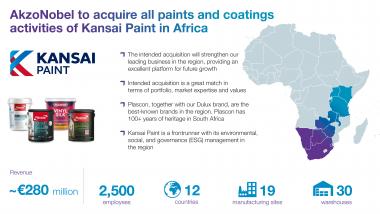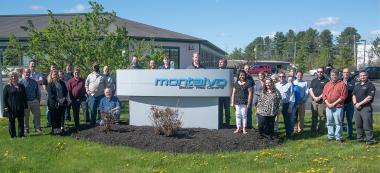Syensqo officially demerged from Solvay and launched on Euronext
Syensqo announces the successful listing of its shares on Euronext Brussels and Euronext Paris under ticker SYENS. After the completion of the spin-off from Solvay, the listing marks a historical milestone as the company embarks on a journey focused on delivering superior growth and value creation.
Syensqo’s portfolio of market leading solutions addresses environmental and social challenges, through electrification, lightweighting, connectivity and resource efficiency. In addition, Syensqo is at the heart of the transition towards a net-zero economy, which is expected to drive new sources of value and support the company’s long-term growth.
With more than 13,000 employees and activities spread across the world (with 41% of FY2022 net sales in the Americas, 36% in Asia-Pacific and 23% Europe), Syensqo’s long-term ambition is to be the prime innovation partner for its customers, growing on average at around two times the rate of its main end markets, while further improving its best-in-class margin and returns.
Upon listing, Syensqo has 105,876,417 ordinary shares in issue, each carrying one voting right. The Syensqo share price started its journey at a value of € 90 at market open (9.00 am CET), which corresponds to a market capitalization of € 9.53 billion.

















